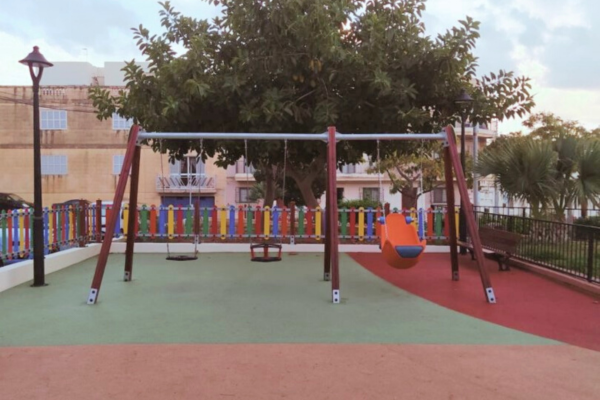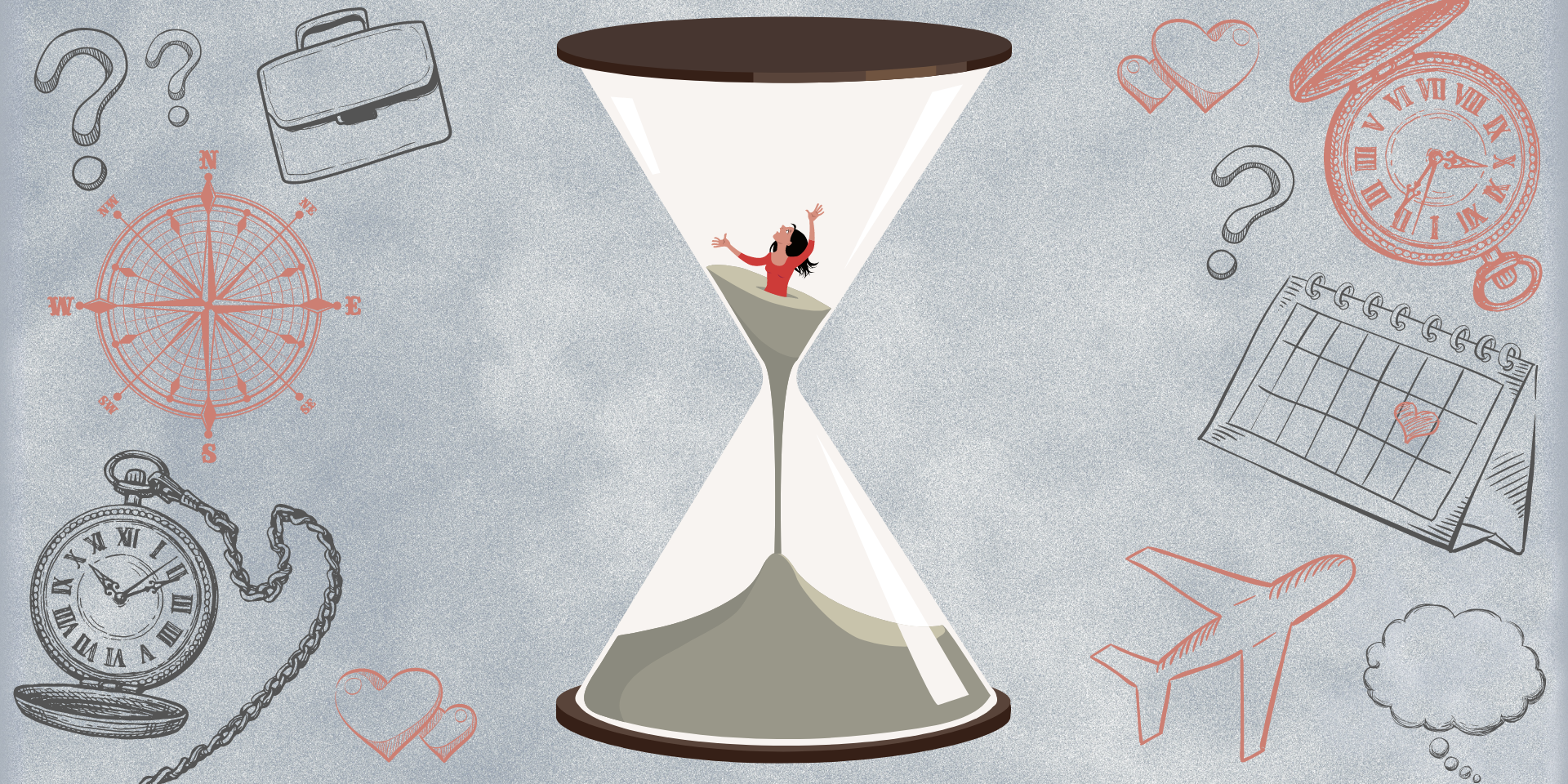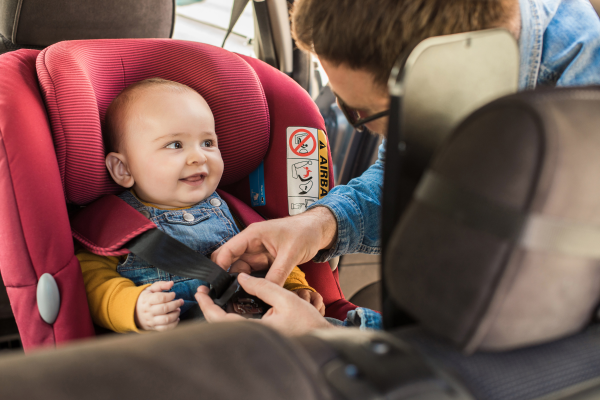Helen Borg is a senior midwife and infant feeding specialist who heads up the drop-in breastfeeding clinic at Mater Dei hospital. As mentioned in the series intro, Helen will cover common issues that can arise when feeding your newborn, giving professional advice and reassurance to help make your journey run smooth.

Q. Is it best to use glass or plastic baby bottles, and how many should I buy to begin with?
With baby bottles, glass is always the best choice. Glass is the least likely to grow bacteria and the easiest to clean, it also doesn’t seep into the milk or steal nutrients from the milk. But they do have their disadvantages in that they’re heavy and they can break.
We don’t have to go far back in time to find issues with the materials we use. It was only as recently as 10 years ago that we had BPAs in our baby bottles, and it took a paediatrician to notice gynaecological problems in females that could be traced back to BPAs before we removed them from our plastics.
Considering that people are putting warm milk in them and putting them in the microwave, etc. glass is always a preference. If you do use plastic bottles then you should not be microwaving them.
 When it comes to selecting the bottle teats, you can get hard silicone teats, medium ones, and very soft ones. Most young babies will prefer the soft ones, especially small babies. Small babies cannot handle hard silicone teats because they need too much energy to drink from. They are designed for all the washing and sterilising so they’re hard wearing and they’re not going to crack and cause infections. But then if your baby is losing weight because he needs too much power to feed, then it defeats the purpose. I find when they’re a bit older they manage them, but for newborns, it’s not advisable.
When it comes to selecting the bottle teats, you can get hard silicone teats, medium ones, and very soft ones. Most young babies will prefer the soft ones, especially small babies. Small babies cannot handle hard silicone teats because they need too much energy to drink from. They are designed for all the washing and sterilising so they’re hard wearing and they’re not going to crack and cause infections. But then if your baby is losing weight because he needs too much power to feed, then it defeats the purpose. I find when they’re a bit older they manage them, but for newborns, it’s not advisable.
There are also different teats for different flow speeds. If you’re not sure when you should be increasing the flow, don’t worry, you’re baby will let you know. When the teat flow is no longer suitable for the baby, the strength of his suck will actually close the hole, so you’ll find the baby is drinking away but the milk is not going down. When you see that happening then you should change to a teat with a faster flow.
 If you do go up in flow and find that it’s too fast and the baby is choking on the milk, it’s better not to persevere with it otherwise you will find that baby becomes fussy to feed. Instead, go back to the previous flow teat and use a sterilised needle to increase the hole size a little bit so that it’s in between the two sizes.
If you do go up in flow and find that it’s too fast and the baby is choking on the milk, it’s better not to persevere with it otherwise you will find that baby becomes fussy to feed. Instead, go back to the previous flow teat and use a sterilised needle to increase the hole size a little bit so that it’s in between the two sizes.
In terms of how many bottles you need, I would suggest that you don’t buy a starter pack because if the baby doesn’t take to that specific bottle then you’re stuck with a load of bottles you can’t use. I would buy perhaps two bottles, each a different brand, and see which one your baby prefers. Once you’ve found a good fit, then you can buy a few more.
For more infant feeding advice from Helen Borg, visit our Help Me, Helen! section. You can also follow us on Facebook and Instagram for instant updates in your newsfeed.

When it comes to spare equipment for new mums, the breastfeeding clinic relies on donations, so if you have any of the following that you no longer need, you can drop them off at the clinic where they will be gratefully received.
-Breast pumps
-Nipple shields
-Milk storage bags or containers
-Breast pads



